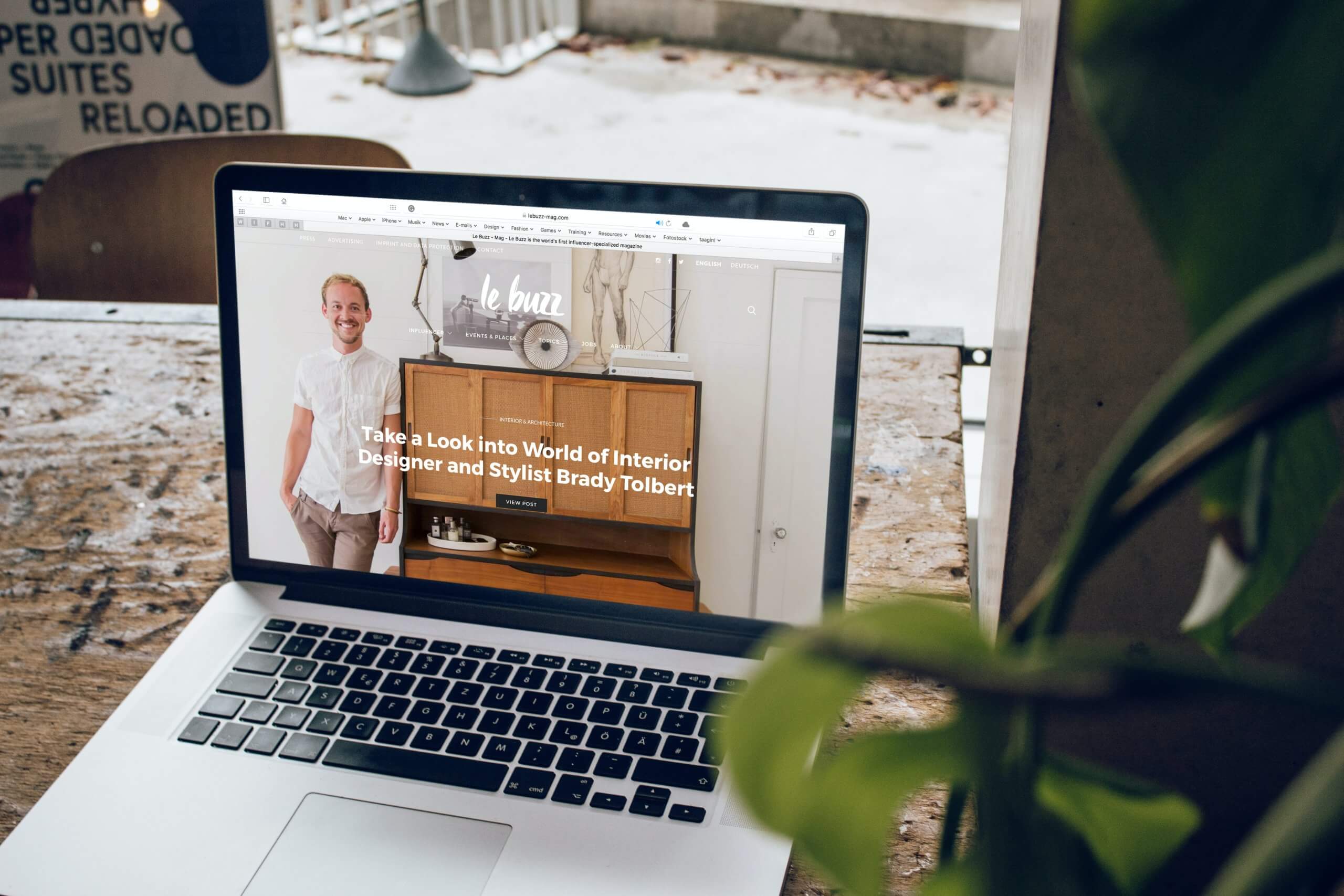In digital marketing, a landing page is a standalone page on your website that is created specifically for a marketing campaign. Ideally, a landing page will include a strong call-to-action encouraging visitors to complete a specified task (e.g. submit their contact information). Though most marketers understand the importance of landing pages, they often miss a few important steps in creating a high-converting landing page. Thankfully, we’re here to help.
Here are our 6 steps for creating a high-converting landing page:
1. Keep Your Call-To-Action Consistent
When someone arrives on your landing page, they should only have two options—either they complete your desired call-to-action (CTA) or they exit out of the page. One of the biggest mistakes we see marketers make is to treat their landing page like just another web page. At the top of the landing page, they’ll have their menu items, phone number, social media icons—all of which are links that could take visitors away from your landing page without ever completing your CTA.
Your landing page should not include any links that are not consistent with your page’s call-to-action. Let’s say you’re an expert in your field and are offering a free thirty-minute consultation as a way to build trust with potential clients. All anyone has to do is fill out the form on your landing page and submit their information in order to receive this free offer. The CTA throughout the page should therefore be something along the lines of “Book Your Free Consultation”…and that’s it.
Don’t add any links that could take them away from the page. Remember, you want visitors to stay on your page until they complete the call-to-action. Including your social media links may be tempting, but you don’t want to lose leads because your landing page visitors are clicking over to your Instagram page which will inevitably lead them to check out their news feed.
Don’t add subsequent CTAs throughout your landing page. A surefire way to confuse visitors is telling them to “Book A Free Consultation” at the top of the page, “Download Our Free E-book” in the middle of the page, and then “Call Now” at the bottom of the page. Keep the call-to-action consistent throughout the entire landing page.
2. Make Your CTA Buttons Standout
On a landing page, complementary colors are key. When a visitor arrives on the page, you want their eyes to be drawn to certain places—specifically to your call-to-action buttons. For this reason, use your brand colors throughout the page, but find one consistent complementary color that will really ‘pop’ off the page.
If you don’t use contrasting colors for your buttons, everything will blend together. For instance, you wouldn’t want to put a green button on a green background or even an orange button on a red background. But a green button on a purple background? That will definitely stand out!
If you really want to know what color CTA button will work best on your page, try using the squint test to see whether the button blends in or not. If you have the color code of the background, use Canva’s free color wheel tool to get the complementary color. The best thing to do, however, is to test out different colors and let the data tell you which button color converts the best (more on A/B testing later).
3. Use Testimonials
In order for someone to do business with you, they need to know you, like you, and trust you. The question then becomes—how can someone trust you if they’ve never talked to you or done business with you before? The answer is to use trust factors throughout your landing page.
The best trust factor at your disposal is a client testimonial. According to Mention, 90% of shoppers read at least one online review before deciding to do business with a company. For this reason, it’s important to include online reviews and testimonials on your landing page for visitors to see. That way, they won’t have to leave your page and go searching for reviews on Google, Facebook, Yelp, etc.
When adding testimonials to your landing page, we suggest including the first and last name of the person, where they’re from, and a photo. If you work in the B2B space, we recommend including what company they’re from as well. This helps legitimize the review. Otherwise, visitors may assume that your employees wrote those testimonials. Yikes!
4. Use High-Quality Images
This may seem like a no-brainer, but hear me out. Having worked in digital marketing for as long as I have, I can’t tell you how many landing pages I’ve come across with low-quality images. An easy way to turn clients away is to use blurry or pixelated images on your landing page.
If you don’t have any brand images of your own (though we do recommend hiring a photographer to take professional photos of your place of business), be sure to use high-quality stock images. One of our favorite free stock photography sites is Unsplash. If you have the budget to purchase stock images, we prefer iStock.
5. Use Videos
Unbounce found that the majority of people prefer to watch a 5-minute video rather than read an article. Take advantage of this fact by including a short video on your landing page. No matter what your product or service is, adding a short video near the top of your landing page will improve your conversion rate as long as the opt-in process is simple as well.
In your video, introduce your landing page visitors to your business and walk them through your special offer. Be sure to include your call-to-action at the end of the video (remember to keep your CTA consistent throughout your page). Depending on your industry, you may want to hire a professional video team to help write and produce your video. In certain cases, an iPhone video may work just fine. Consult a professional beforehand to see which option will work best for your landing page’s video.
6. A/B Test Your Page
Last but not least, to create a high-converting landing page, you’ll need to run some A/B tests. The five steps we’ve reviewed up to this point will help you build a great foundation for your landing pages. However, there will always be room for improvement and opportunities to increase your conversion rate. That’s where A/B testing comes in.
What is an A/B test? As Optimizely puts it, A/B testing is essentially an experiment where two or more variants of a page are shown to users at random, and statistical analysis is used to determine which variation performs better for a given conversion goal.
Every target demographic responds differently and A/B testing allows you to find what elements of a landing page resonate with your audience the best. For instance, maybe you can’t decide if your landing page copy should be long or short. Which will your audience react to better? Create one page with the long copy, duplicate the page, and on the new page, replace the long copy with the shorter copy. Then send 50% of your traffic to page A (long copy) and 50% to page B (short copy). After enough traffic has been generated and people have begun to complete the call-to-action, you can research the data and see which page performs the best.
A/B testing can be used to test copy length, CTA button color, images, videos, and a plethora of other elements. Keep in mind, however, that when you A/B test, you’ll want to stick to testing one item at a time. If you test multiple items at the same time (e.g. button color and copy length) you won’t be able to tell which element had a greater impact. Once you’ve completed one test, do another. And another. And then another. Until your landing page has turned into a money-making machine, don’t stop testing.
Now That You Have A High-Converting Landing Page…
There you have it—our 6 steps for creating a high-converting landing page. Follow these steps and you will be well on your way to a successful marketing campaign. Once the landing page is finished, the next step is to send traffic to it. Run a strategic digital ads campaign to get visitors to your landing page. Be sure to create messaging in your ads that are consistent with the landing page messaging.
If you need help with your landing page or digital marketing campaigns, contact a Set Fire Creative client strategist today!

McCain is the founder and VP of Client Services at Set Fire Creative. When he isn’t busy helping his clients grow their business through digital marketing, you will most likely find him with his nose in a Stephen King book, eating spicy buffalo wings, hanging out with his wife and Blue Heeler Ozzy, or listening to Guns N’ Roses—sometimes all at the same time.



